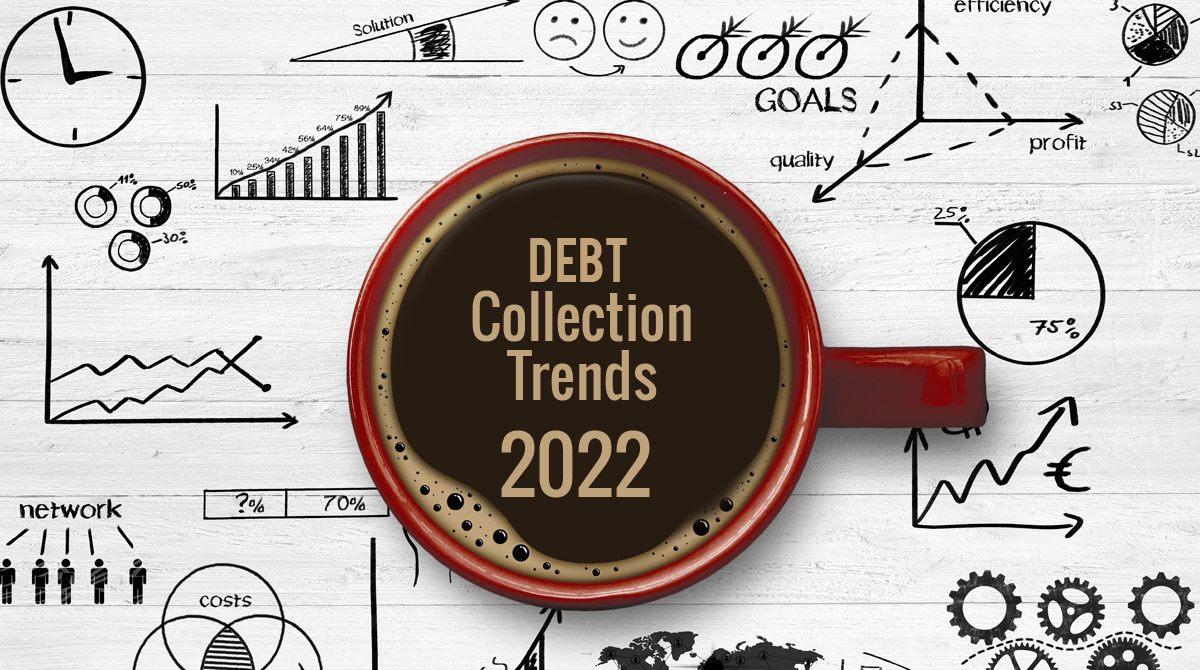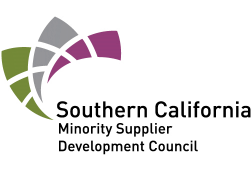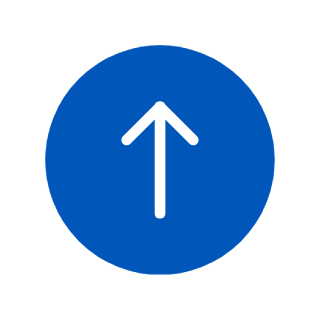
The debt collection industry has changed significantly in recent years: the pandemic, new regulations, and evolving customer behavior have all had an impact on the way debt recoveries are handled. But the transformation of the industry doesn’t stop there as we can already see in 2022, new trends are emerging to shape the way collections agencies work.
In this article, the experts at Coast to Coast Financial Solutions have compiled the key trends to watch out for in 2022 and beyond. Read on to find out how they will impact your debt recovery agency:
TABLE OF CONTENTS
Debt Collections Trends to Look Out for in 2022
Digital-First on the Rise
Digital is on the rise in pretty much every industry, and personal finances are no exception. Research by J.D. Power shows that 41% of U.S. retail banking customers are now digital-only, and customer satisfaction improves among customers with high levels of digital engagement. In addition, non-cash payments are expected to overtake cash payments for the first time in 2022, while the Buy Now Pay Later model is gaining momentum, shaping debt repayment behavior.
Debt collection agencies must take notice of this trend and digitize their processes wherever possible. For example, by implementing BPA/RPA solutions, using automated compliance software, and taking advantage of A.I. for enhanced customer data analytics and case management, collections agencies can streamline their workflows to do business more efficiently.
Reg F Collection Practices
Reg F, an update to the FDCPA (Fair Debt Collection Practices Act 1977), came into force in November 2021. The new regulation essentially lays out how debt collectors can contact people. For example, they must use a model validation notice; they can only make a limited number of weekly calls, while text messages and communication via social media are also regulated.
The new law should not be considered a limitation, as it allows collection specialists to review customer contact strategies. Any collection agency can, for instance, use its call center data to identify the most effective channels for reaching customers, which may result in quicker debt recoveries.
A Shift Towards a Customer-Centric Approach
There is a shift in the industry towards empathy-based communication techniques, which include: asking the right questions, maintaining a positive tone, staying respectful, listening more than talking, as well as giving customers control by listing their payment options—all proven effective.
The goal is to become the customer’s ally, not an enemy (as debt collectors may have been seen in the past). Of course, to achieve this, agents most likely have to undergo training, but it is worth the effort as it means a better experience for both debt collector and customer, which can lead to faster debt recoveries.
The Demand for Customer Self-Service
In line with the digital-first trend, debt collection agencies should consider implementing customer self-service channels. Self-service allows customers to respond to a problem in their own time, feeling they are in control of the situation (and without talking to a debt collector). Such customers will likely make a payment quickly if given a chance.
But before you jump into this trend, analyze your customer data and identify customers who would benefit from a self-service system. It may be that a multi-channel approach works better for your customers, where you can provide a seamless experience through their preferred channels such as SMS, email, and phone. Still, the demand for self-service is rising, so consider signing up for a self-service app where customers can manage their accounts without speaking to an agent.
Talent Crunch Challenges
Finding talent is a real challenge in the debt collection industry. According to a recent TransUnion study, over 60% of agencies find it challenging to attract new talent. Faced with a talent shortage, agencies must review their processes and develop better resource allocation practices to help staff cope with the extra workload. In some cases, it may be worth outsourcing back office or call center work; in others, it may pay to give new employees comprehensive training to help them quickly become expert agents.
There is no one-size-fits-all solution to this issue, so the debt recovery agency must decide how to allocate its resources to achieve results without overloading existing staff. If it fails to do so, it may face diminishing results and high employee turnover.
How to Find a Customer-Centric Debt Collection Agency near Me
Overall, most of these trends point in one direction: it is time for agencies to change how they approach customers. Treating them fairly, introducing digital payments and client self-service, and using new, customer-centric communication techniques in line with regulations help recover debts faster, make workflows more efficient, and enhance the agents’ reputation. We don’t know what 2023 will bring, but we can be sure that customer-centric trends are here to stay, so collection agencies must ramp up their efforts to keep up with the times.
Coast to Coast Financial Solutions is a debt collection agency serving multiple industries. We are fully compliant with regulations and make it our mission to stay ahead of trends; that’s how we stay relevant in this business after over 65 years of operation.

Coast to Coast Financial Solutions can help you with debt collection strategies tailored to your business needs while keeping the latest industry trends in mind. Call us today at 805.506.8195 or get in touch with us online to learn more about our services.





